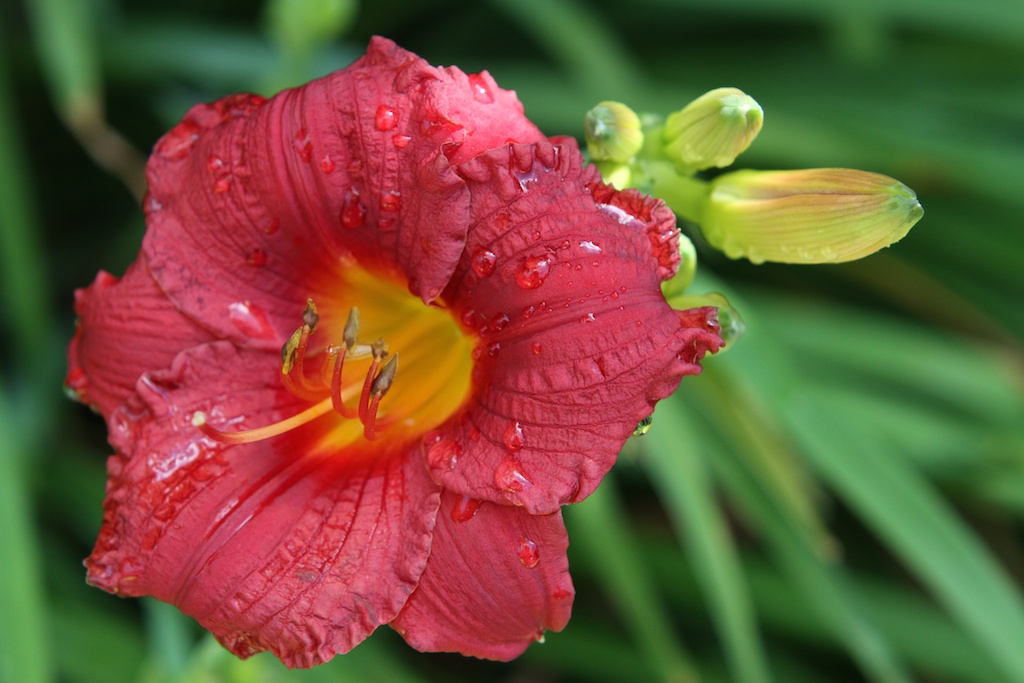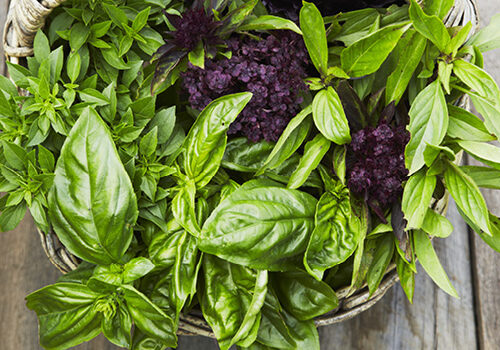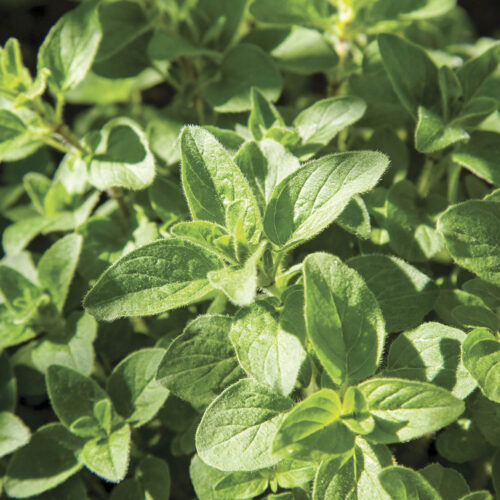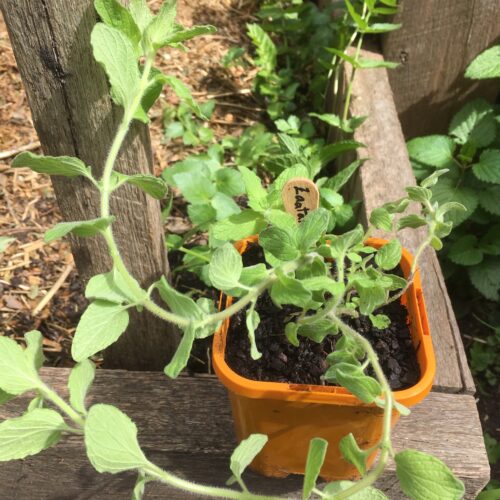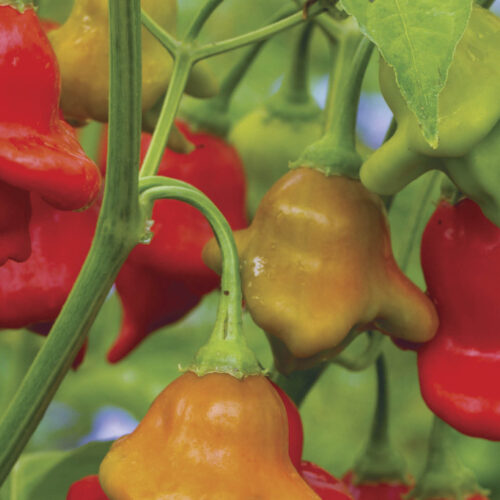Delightful, delicious daylily
2014-07-27T04:26:51+10:00
Tough, easy to grow, beautiful and delicous. What more could you want asks PENNY WOODWARD
Daylilies (Hemerocallis species) are tough, perennial, bulbous plants with flowers that come in a rainbow of colours, from almost white through all shades of yellows to orange, reds and purples; and combinations of all these colours. The most common and easiest to grow are simple yellow or orange forms. There are also single, and double cultivars and those with spider-like flowers. Today there are so many different cultivars (more than 70,000 registered forms worldwide) that whole clubs and societies are devoted to them. The daylily’s name comes from the fact that each flower opens and lasts for only one day but, flower stems have multiple buds so there is always another waiting to open.
Spring is the best time to plant although in frost free areas they can be planted from autumn to late spring. They like full sun, but I find that mine grow well in semi-shade too. Dark-flowered daylillies can be damaged by intense heat, so these are best planted where they are protected from the hot afternoon sun. Plant into well-drained soil with plenty of organic matter. Feed with a good organic fertiliser in spring, and mulch around the base of the plants once a year, again in spring. Apart from this, daylilies need little attention and flower almost constantly from spring to autumn.
The thing I most love about daylilies is that all parts of the plant are edible*. The flowers though are especially delightful. Pick only buds or newly opened flowers as texture and quality deteriorates rapidly once the flower is open. The petals have a delicious fragrant, earthy flavour and are unexpectedly crunchy to eat. I think the yellow and orange types have the best flavour, but they are all worth trying. I love them in salads, but they can also be steamed or stir-fried with other vegetables, or dipped in a light batter and fried tempura style. Whole flowers can be stuffed in the same way you would zucchini flowers or best of all pick the buds just before they open and sautée them in a mixture of olive oil and butter, then sprinkle with salt and pepper. Daylilies originally come from Asia and dried daylily buds are an important part of many Asian dishes including hot and sour soup. In Asian grocerie stores you will find them labelled as golden needles or gum jum.
*Caution: Daylilies are related to lilies, but should not be confused with them as many lily species are poisonous. If you’re not sure what type of lily it is DO NOT EAT!

